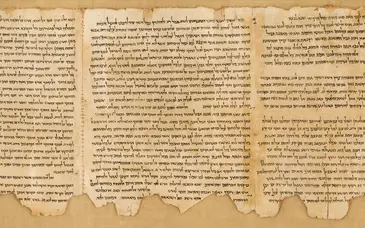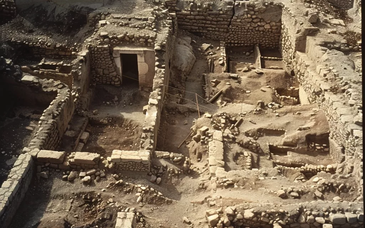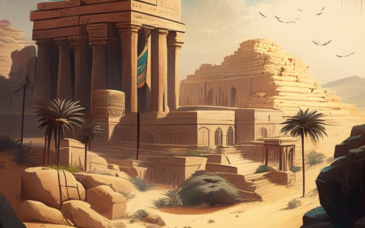Ephesus is a big deal for Luke. It is here that Paul is presented as being larger than life. Just as the events that led up to the Jersualem conference (Acts 15), the events in Paul's work led up to the highlight of his ministry: Ephesus.
To get a better grasp of the episodes connected with this city, we looked at most of the important structures still extant. We also looked further into such topics such as the synagogue, the Hall of Tyrannus, Demetrius' shrines, the theatre, and the Artemision. The result is that our understanding of the Ephesus panels of Acts are greatly enhanced when supplemented by the archaeological data. Luke's description of the events and monuments are of important value to the context of the primitive church, yet it is also evident that archaeology in cities like Ephesus, Corinth, and Philippi lead to a better understanding of the context and circumstances of the events described in the New Testament.
More than this, the portrayal of Paul specifically is better understood when we see these important structures. When Paul enters the city of Ephesus he has normal encounters that follow the same patterns of his earlier work, yet the results are greater than before. He went to the synagogue and is rejected, the result of which he argued in the Hall of Tyrannus for two years and "all the residents of Asia heard the of the Lord, both Jews and Greeks." He encounters magic and the Gospel prevails, however the result is much greater than before: "the word of the Lord grew and prevailed mightily." Before he had confronted other religious movements, but now the great Artemis cult was in jeapordy, affecting people "not only at Ephesus but almost throughout all Asia." This was so significant that Artemis herself "may even be deposed from her magnificence, she whom all Asia and the world worship."
When Luke brings his readers to Ephesus, it is clear that the theatre is monumental. Likewise, the Artemision was monumental, with its great reputation. Luke shows the whole city and it activities in the same way: monumental. Lastly and most significant for the narrative, Luke's portrayal of Paul in the city is just as monumental as theatre and the Artemision.



